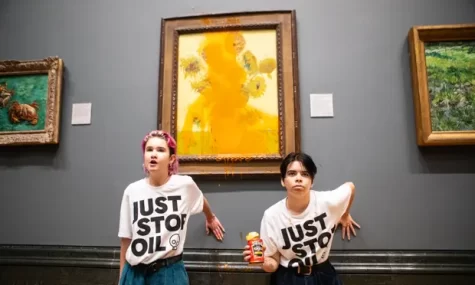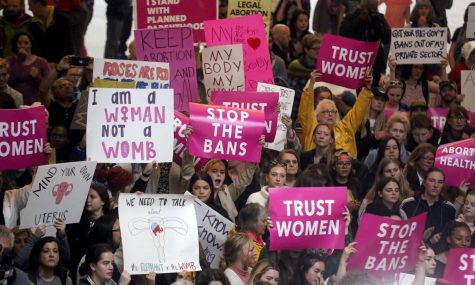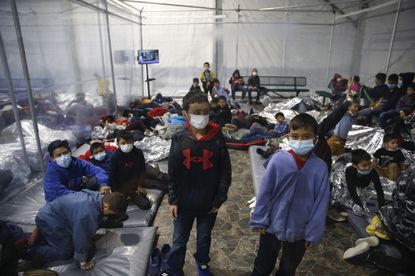The Black Lives Matter Movement and Critical Race Theory
The month of February is dedicated to Black history. As we exit this significant period, it is important to reflect and recognize what incredible milestones Americans have made in the recent years, 2020 and 2021. Along with the global pandemic and all the tragedies that came with it, Americans around the world started one of the largest movements in history: Black Lives Matter. On May 25, 2020, George Floyd, a 46-year-old black man, was murdered in Minneapolis by Derek Chauvin, a 44-year-old white police officer. Floyd had only passed hours before the movement began. Driven by a terrifying video, and word of mouth, people flooded the streets in Minneapolis, demanding an end to police brutality against black Americans. The death of Floyd resulted in the largest global protest against historic racism since the Civil Rights movement in the 1960’s. The events surrounding this movement changed Black History. However, as we reflect on all we’ve accomplished in the last two years, we must face the harsh reality of our incomplete victory. Systemic racism is not simply a thing of the past but is deeply embedded within the modern American society today. “The George Floyd murder caused this whole nation to take a look at race and racism, and I think there was a broad recognition that something was amiss,” says Marvin Lynn, a critical race theory scholar and professor at Portland State University. With this being said, it is clear that our history is our future. Now more than ever, we are seeing many effects of our past come to present. The Black Lives Matter movement, Indigenous land rights movement, #MeToo movement, abortion rights, etc. Each of these ongoing problems are rooted from our history. So why not teach it?
To change the lives of future Black Americans, one effort we can make is by teaching critical race theory. What is critical race theory? By simple definition, CRT seeks to understand and address inequality and racism in the U.S. Recently, state lawmakers and education policymakers have waded into the ongoing debate over how to teach the nation’s complicated history—and make sense of its present. Critical race theory is in danger of being scrapped entirely from the Utah education curriculum. This theory needs to be retained and taught in order for us to address and eradicate racism in America. Otherwise, our efforts against racism are futile. By many, CRT is seen as an opportunity to segregate and dehumanize white Americans for their regretful past. The term itself, critical race theory, has become a political argument across the country, especially when it comes to how to teach young people about justice and equality in America. The Trump administration called this theory a “divisive, anti-American propaganda” states CNN.
I am a junior at East High School. A handful of my peers, teammates, and some of my closest friends are people of color. As an ally to the BLM movement, I feel as though it is my responsibility to educate myself on the traumatic, yet beautiful history of black Americans. Critical race theory is not an opportunity to illustrate the idea that white people are racist and will always be racist; CRT is a step we can take to educate our future generations of how racism is more than a result of individual bias and prejudice. Racism is embedded in laws, policies and institutions that our societies follow today. One day, I hope to see the children of our country learn the truth about our past and understand the steps they can take to create a stronger society. Events that shaped the past 24 months have gone down in history and will be recorded for future generations. There are many more voices that must be heard and changes that must be made. Our history dictates our future, so I believe it is vital we take the time to educate our society.

Soon to be eighteen years old, Eleanor Jolley is a senior here at East High School, graduating in 2023. Eleanor has lived in Salt Lake City her...









